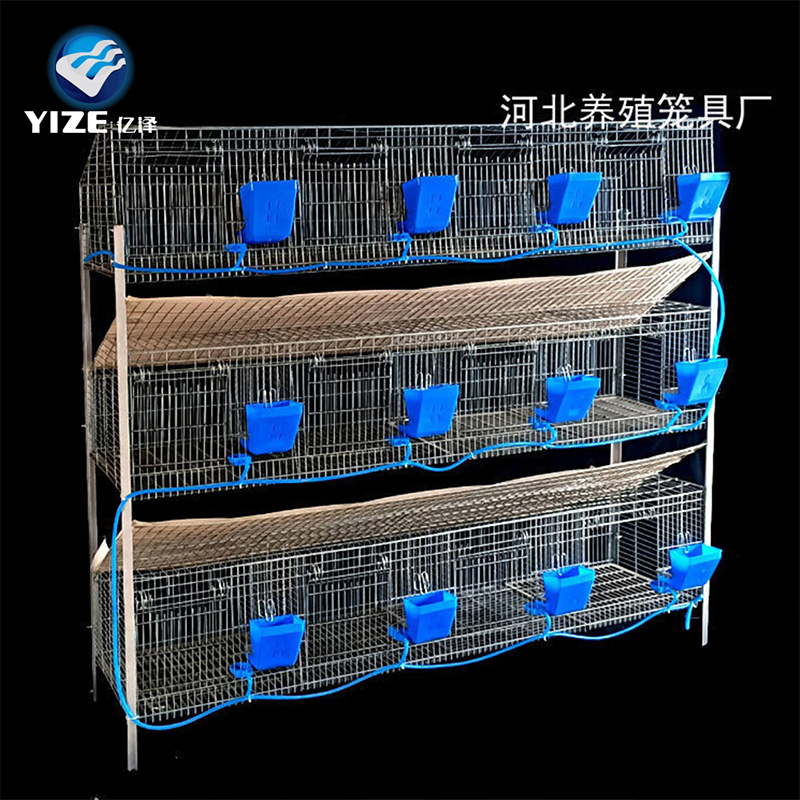animal feed pellet machine
Dec . 02, 2024 02:24 Back to list
animal feed pellet machine
The Importance of Animal Feed Pellet Machines in Modern Agriculture
In the modern agricultural landscape, the efficiency and sustainability of livestock farming have become paramount. Animal feed plays a crucial role in maintaining the health and productivity of farm animals, and this is where animal feed pellet machines come into play. These machines are instrumental in the production of high-quality animal feed pellets, ensuring that livestock obtain the necessary nutrients for optimal growth and development.
What is an Animal Feed Pellet Machine?
An animal feed pellet machine, also known as a feed pellet mill, is a piece of equipment designed to compress feed ingredients into pellets. This process involves grinding raw materials into fine powder, mixing them with additives, and then applying heat and pressure to form pellets. The result is a uniform and compact feed that is easy to handle, transport, and store. Feed pellets are preferred to loose feed for several reasons, including better digestibility, reduced feed wastage, and enhanced palatability.
Benefits of Using Feed Pellet Machines
1. Nutritional Efficiency Feed pellets are engineered to provide a balanced diet for various animals, including poultry, cattle, pigs, and fish. The pelleting process enhances the digestibility of the feed, allowing animals to absorb nutrients more effectively. This leads to improved growth rates, better weight gain, and overall healthier livestock.
2. Reduced Feed Waste Traditional loose feed can create significant waste, as animals often scatter it or selectively eat only their favorite parts. Pellets minimize this wastage as animals consume the entire pellet, ensuring they receive a complete and balanced diet.
3. Enhanced Storage and Transportation Pellets take up less space compared to loose feed and are easier to store. They can be transported more efficiently, reducing transportation costs and energy consumption. This is especially important for large-scale farms where logistics play a significant role in overall operational efficiency.
animal feed pellet machine

4. Targeted Nutrition With a feed pellet machine, farmers can customize the formulation of animal feed according to specific nutritional needs. This is particularly beneficial for different species and stages of growth, where specific vitamins, minerals, and protein levels may be required.
5. Improved Feed Processing The pelleting process kills harmful bacteria and parasites, making animal feed safer. The high temperatures involved in pelleting sanitize the feed, which can help prevent diseases in livestock, further improving farm productivity.
Types of Animal Feed Pellet Machines
There are various types of animal feed pellet machines available in the market, catering to different production scales and needs. Small-scale farmers may opt for flat die pellet mills that are more affordable and suitable for lower production volumes. Conversely, larger operations may require ring die pellet mills, which are capable of producing high output and are designed for continuous operation.
Conclusion
The animal feed pellet machine is an essential tool for modern livestock farming. By streamlining the feed production process, these machines contribute to the overall efficiency, sustainability, and profit potential of agricultural operations. As agriculture continues to evolve, the demand for high-quality, nutritionally balanced animal feed will increase, solidifying the role of feed pellet machines in an ever-growing industry.
Investing in a reliable animal feed pellet machine can lead to significant improvements in livestock health and farm productivity. As farmers strive to meet the demands of a growing global population, the effective use of technology in feed production will be vital in ensuring food security and sustainable agricultural practices for the future. With the right equipment and knowledge, farmers can enhance their operations and achieve better outcomes for both their livestock and their livelihoods.
-
Hot Sale 24 & 18 Door Rabbit Cages - Premium Breeding Solutions
NewsJul.25,2025
-
Automatic Feeding Line System Pan Feeder Nipple Drinker - Anping County Yize Metal Products Co., Ltd.
NewsJul.21,2025
-
Automatic Feeding Line System Pan Feeder Nipple Drinker - Anping County Yize Metal Products Co., Ltd.
NewsJul.21,2025
-
Automatic Feeding Line System - Anping Yize | Precision & Nipple
NewsJul.21,2025
-
Automatic Feeding Line System - Anping Yize | Precision & Nipple
NewsJul.21,2025
-
Automatic Feeding Line System-Anping County Yize Metal Products Co., Ltd.|Efficient Feed Distribution&Customized Animal Farming Solutions
NewsJul.21,2025






